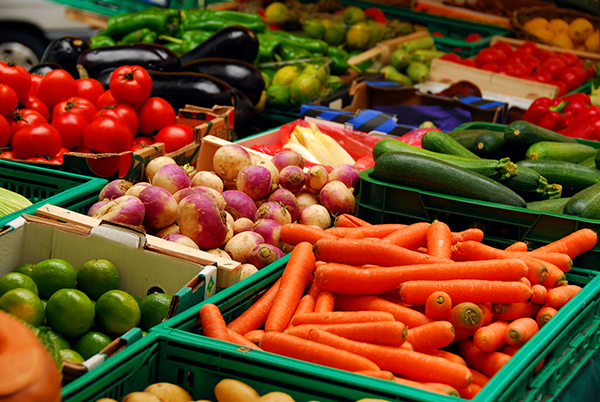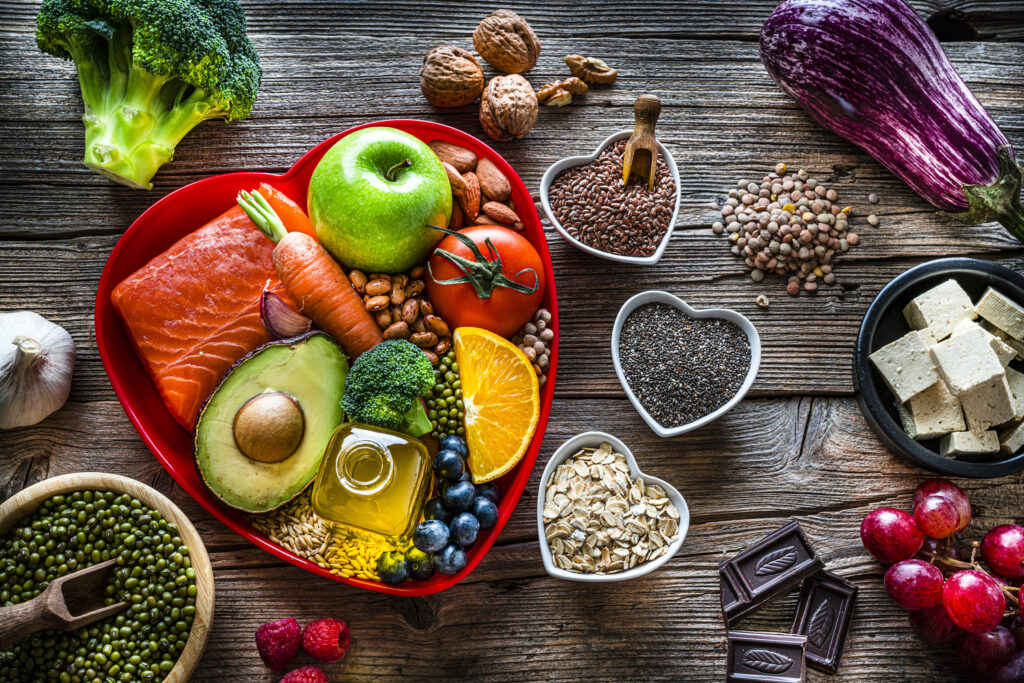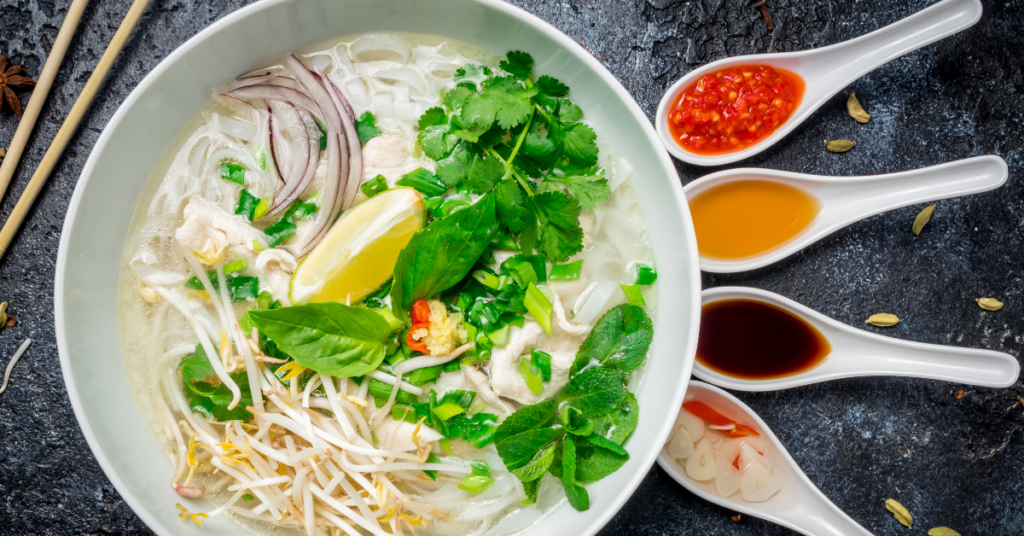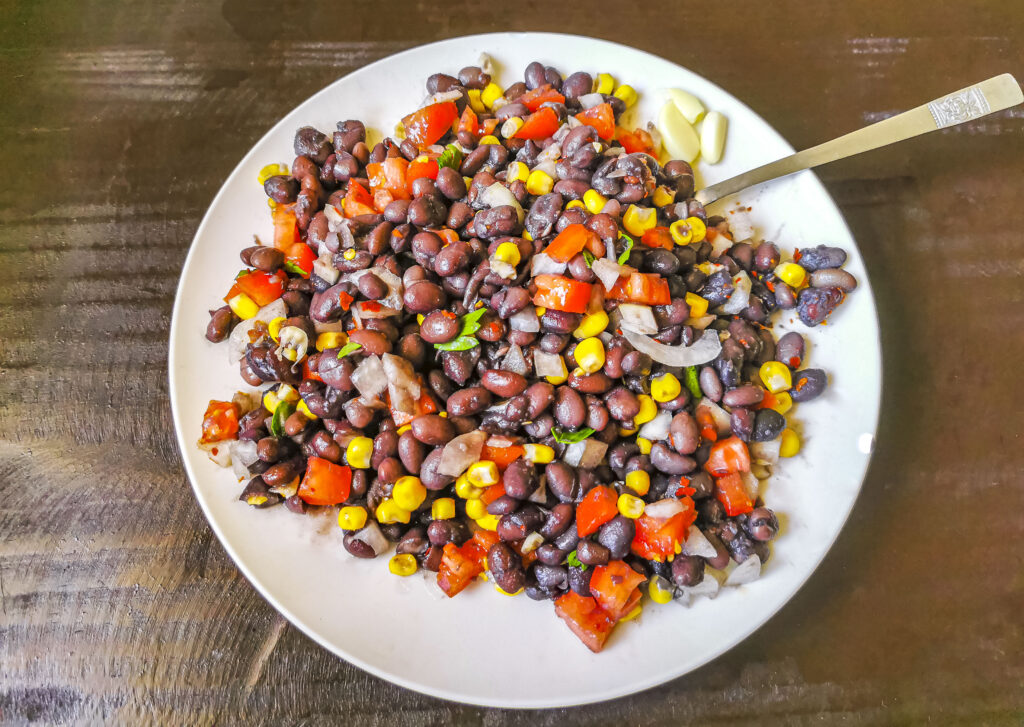Information courtesy of Saint Anne’s Hospital’s team of registered dietitians: Marin Woods, RD, LDN, clinical nutrition manager; Vinita Chaudhry, RD, LDN; Courtney Faiola, RD, LDN; Laurie Hammontree, RD, LDN, CDE; Brenda Helger, RD, LDN; and Autumn Makowski, RD, LDN.
- Is yogurt really healthy for you?
Whether yogurt is a healthy choice depends on the individual and type of yogurt. Many manufacturers load their yogurts with sugar and artificial sweeteners; however, there are plenty of yogurts that are high in protein and low in added sugar. Yogurt is a good source of calcium and also contains potassium, magnesium and B vitamins. Eating yogurt is one of the most common ways to consume healthy bacteria beneficial to the gut, known as probiotics. It is always best to read the label. An example of a great yogurt is Dannon Light & Fit Vanilla. It is fat-free, has 70 calories, 9g sugar, and 5gm protein.
- Are frozen veggies as good as fresh? Is there any nutritional value to canned veggies?
Overall, veggies fresh from a farmer’s market or just fresh picked are the healthiest. Fresh might not be the case if vegetables are shipped across the country or harvested before they are ripe. Frozen vegetables are a good choice if they are frozen right after being harvested, as they are preserved at their peak and hold their nutritional value. Canned vegetables can lose some of the vitamin content when heated. In addition, many canned vegetables tend to be higher in sodium, so it is very important to look for the low-sodium options. In a direct comparison of Green Giant canned vs. frozen green beans, canned green beans contain 290mg of sodium (frozen contain 0mg), 1g fiber (frozen contain 2g), and 0mg Potassium (frozen contain 180mg).
- Is chicken better for you then beef?
Both forms of proteins tend to have to positives and negatives. In general, red meat tends to have more cholesterol and saturated fat than chicken; however, beef has a higher amount of iron and zinc, which are vital nutrients. The American Heart Association recommends consuming no more than 6 oz. of cooked proteins per day and recommends choosing beef less often. The healthiest meats include fish (especially those high in omega 3 fatty acids, including mackerel, lake trout, herring, sardines, albacore tuna, and salmon), chicken or turkey without the skin, lean cuts of beef and pork, and wild game. The American Heart Association also recommends eating two servings of baked or grilled fish each week, as well as choosing foods that are low in saturated fat, trans fat and cholesterol.
- Are those “healthy” “lean” frozen meals really healthy for you?
Frozen meals can be “healthy” as long as you take your time to read and understand the nutrition label. Many meals can be packed with fat and sodium – these should be avoided as often as possible. The healthiest frozen dinners contain less than 300 calories, less than 4g saturated fat, less than 800mg sodium (the less, the better), and have at least 3-5g of fiber. In general, Lean Cuisine, Smart Ones, and Healthy Choice tend to be the best options for “healthy” frozen meals.
- What are some of the pitfalls people fall into when they think they are eating a healthy diet – but they’re not?
When people are trying to eat a healthy diet, they often fall into the pattern of buying products that say low fat and low sugar without reading the nutrition labels. These products generally are no healthier than the original version as they compensate in other ways. For example, low-fat products generally have higher sugar content to compensate for flavor and vice versa. Low-sugar products also tend to be sweetened with artificial sweeteners, which thus far have controversial and inconclusive evidence at best. The best way to maintain a healthy diet and lifestyle is to follow the dietary guidelines and eat a balanced diet with a variety of foods.
- What are some of the healthy foods you recommend?
Key recommendations from the U.S. Department of Health and Human Services and the U.S. Department of Agriculture’s 2015-2020 Dietary Guidelines for Americans include:
- Eating a variety of vegetables from all subgroups, including dark leafy greens, red and orange, legumes (beans and peas), starchy vegetables, and all others.
- Fruits, especially whole (with skins and seeds to provide plenty of fiber)
- Grains, at least half of which are whole grains
- Fat-free or low-fat dairy, including milk, cheese, yogurt, and/or fortified soy beverages
- A variety of protein foods including seafood, lean meats, poultry eggs, legumes (beans and peas), nuts, seeds, and soy products (tofu, seitan, etc.)
- Good choices to use are canola, olive, avocado, peanut, corn, sunflower, safflower, grapeseed, soybean oils, flaxseed, and walnut.
- Is whole wheat pasta much of an improvement nutritionally over white pasta?
There are three types of grains: whole, refined, and enriched. Whole wheat is the natural state, which is rich in fiber, B vitamins, and iron. Refined grains, on the other hand, have been stripped of their nutrients to give the product a longer shelf life. Then, you have enriched grains, which have been refined but the vitamins are added back in after the fact (fiber, however, is not added back). Eating the most natural version of food (i.e., whole grain, in this case) gives you the “most bang for your buck” when it comes to nutrients. The Dietary Guidelines for Americans recommend adults consume at least three servings a day of whole grains.
- Do you recommend three meals or six smaller meals?
There is no strong evidence to support either diet pattern as better or worse; it is more of a personal preference. For those with conditions that inhibit appetite, six small meals can be beneficial to be able to eat more throughout the day. In general, it is more important for a healthy individual to eat at regular intervals and not skip meals to maintain a healthy lifestyle.
- What are some ways to cut sodium and sugar from the diet?
Foods high in sodium are typically frozen meals, condiments, fast foods, canned goods, pickled foods, and pre-packaged foods. You should always look at the nutrition label and go with low-sodium when possible. Foods with more than 300mg of sodium typically do not fit into a low-sodium diet and should be avoided as a general rule. The Dietary Guidelines for Americans recommend no more than 2,300mg/day of sodium for a healthy adult.
As far as sugar is concerned, sugar-sweetened beverages are one of the top sources of sugar intake in the U.S. These beverages include sodas, juices, and sports drinks. To give you an idea, in a 20oz bottle of Mountain Dew, there are 18.6 tsp of sugar. In a blue Gatorade, there are 7tsp of sugar. These drinks are sources of empty calories and should be consumed sparingly.
- What are your thoughts on high-protein drinks?
High-protein drinks, such as protein shakes, are not necessary for a healthy adult eating a balanced diet. Most Americans consume more protein than required on a daily basis without putting any effort into it. Protein is found in many foods, including seafood, lean meats, poultry eggs, legumes (beans and peas), vegetables, dairy foods, nuts, seeds, and soy products (tofu, seitan, etc.). Protein shakes can be a source of unnecessary calories and added sugar. Unless a person has increased calorie/protein needs due to a medical condition, or unless a person is not taking in the appropriate amount of food needed, protein shakes are generally not necessary.





